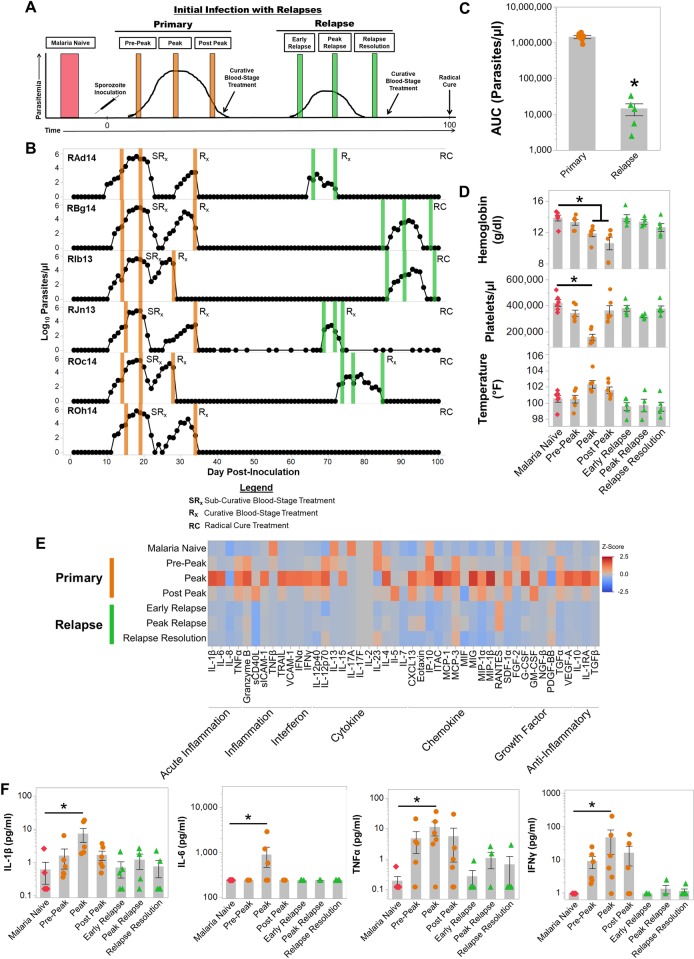Fig 1. Plasmodium cynomolgi relapses do not cause illness in rhesus macaques infected with Plasmodium cynomolgi M/B strain.
(a) Idealized study design for collecting blood specimens at different points during initial primary infections and relapses in rhesus macaques infected with P. cynomolgi M/B strain. (b) Parasite kinetics over a 100-day P. cynomolgi M/B strain infection in rhesus macaques as determined by Giemsa-stained blood films. Each row represents a different individual. Colored bars indicate when sample collections were performed during initial infections (orange) or relapses (green). These collections correspond from left to right with the idealized experimental schematic in panel a. (c) Cumulative parasitemia as determined by area under the curve analysis during initial infections and relapses. (d) Mean hemoglobin levels, platelet concentrations, and temperature prior to infection (pink diamonds), during the initial infections (orange circles) and during relapses (green triangles). Gray bars are the mean of the individual data points. (e) Heatmap of z-score transformed cytokine, chemokine, and growth factor concentrations at each infection point as determined by a multiplex cytokine array. (f) Plasma concentrations of selected cytokines during primary and relapse infections. Statistical significance was assessed by a linear mixed-effect model with a Tukey-Kramer HSD post-hoc analysis for all analyses. Asterisks indicate p< 0.05 in comparison to the malaria naïve condition unless otherwise indicated. Error Bars = SEM.

